Introduction to American Legal Research Александр Домрин alexander-domrin@uiowa.

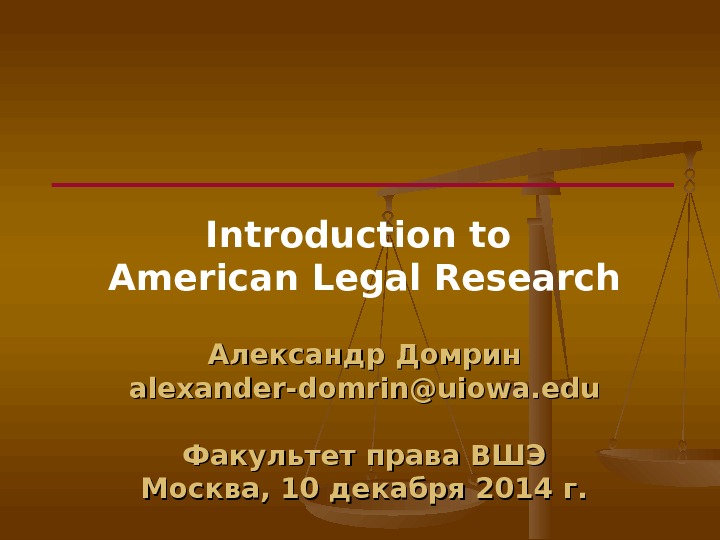
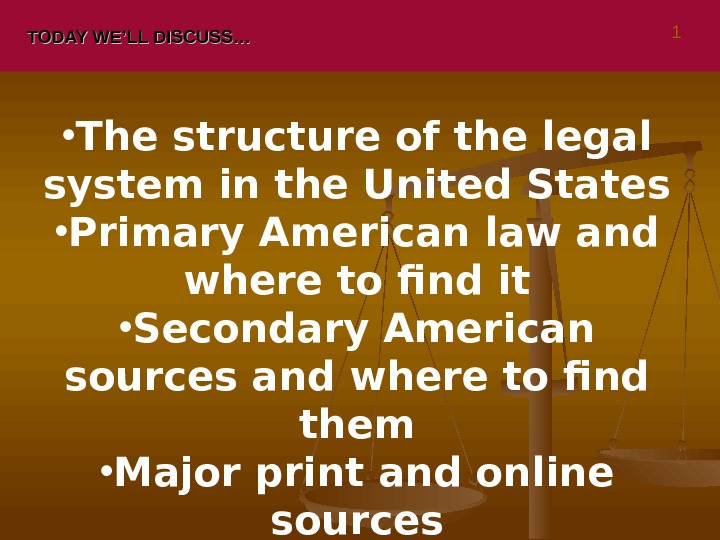
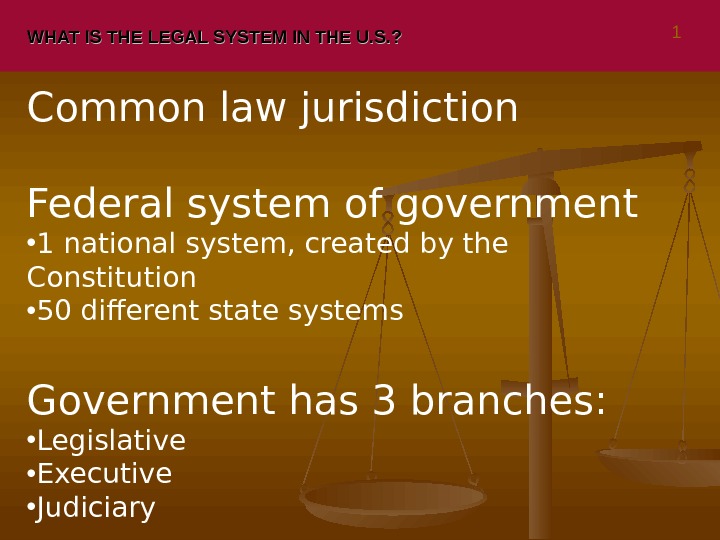

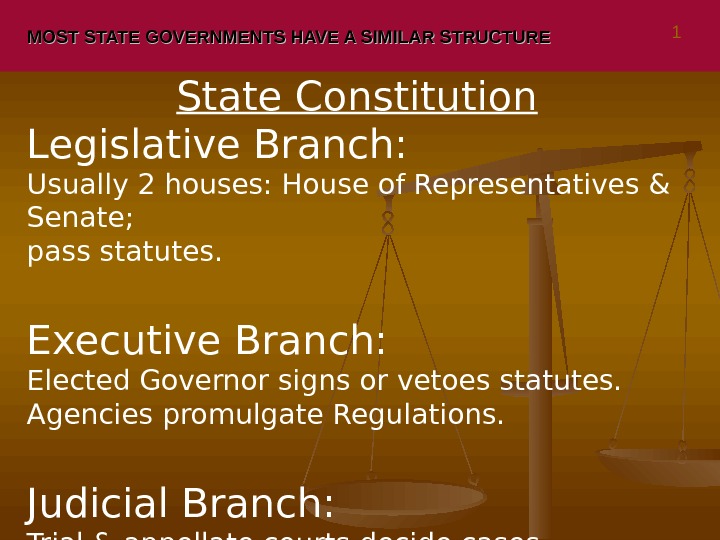
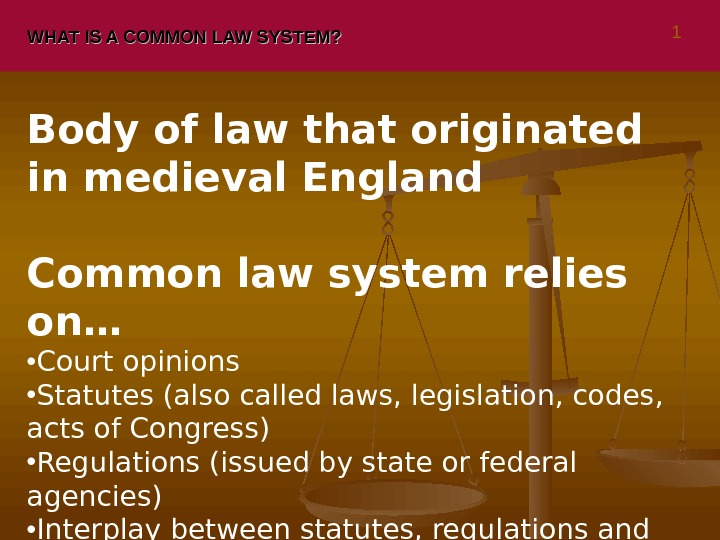
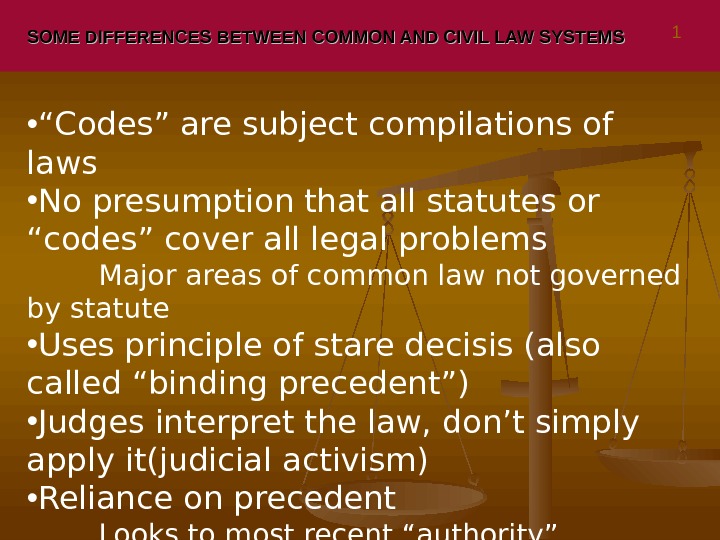
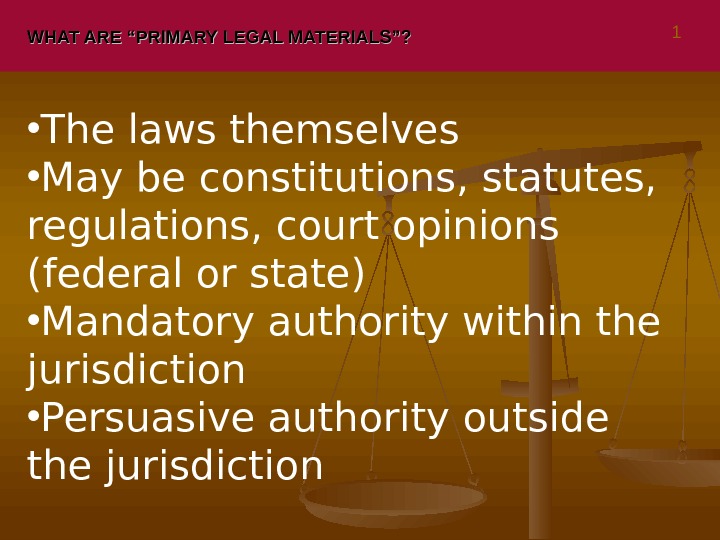
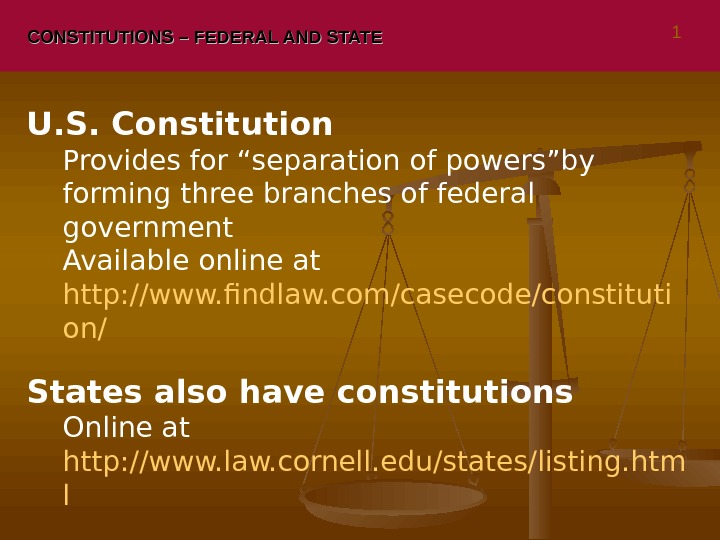
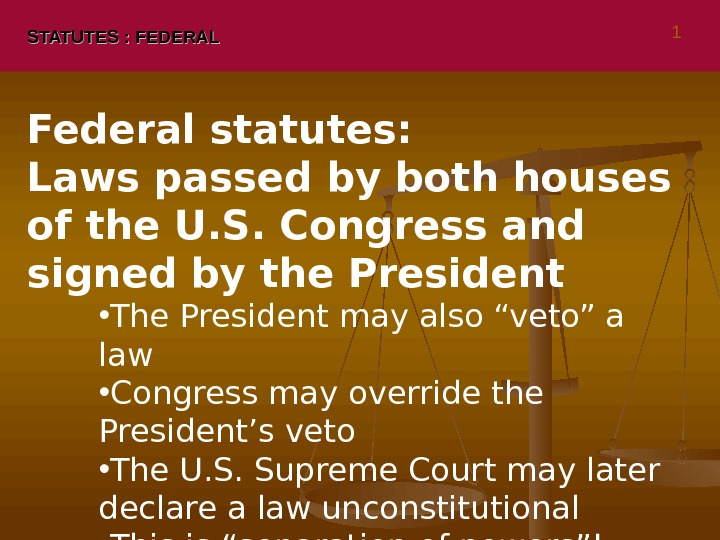
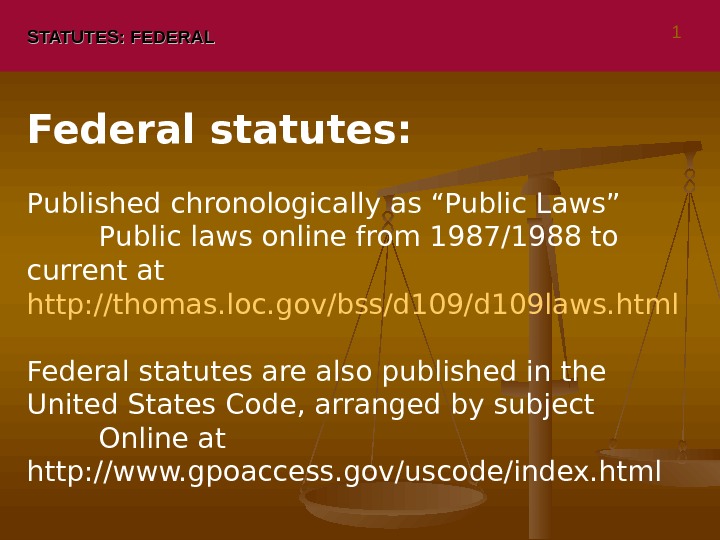
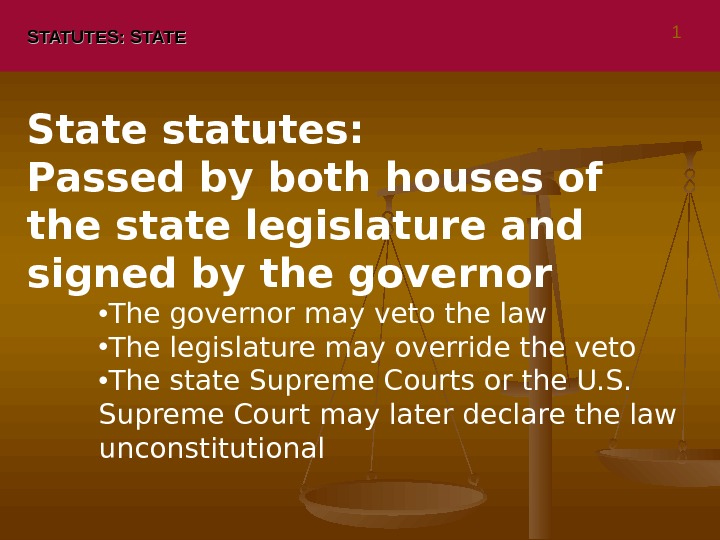
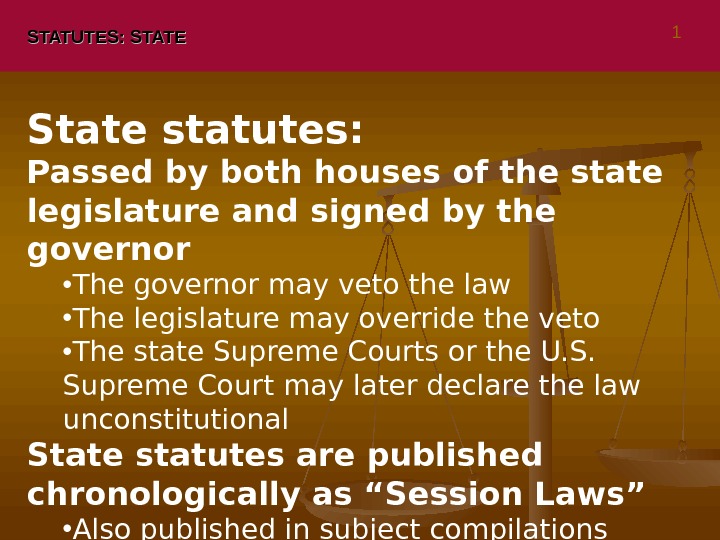
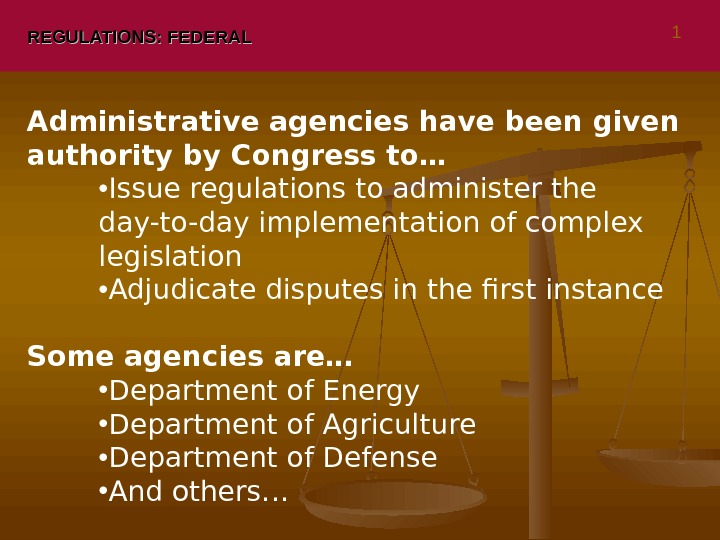
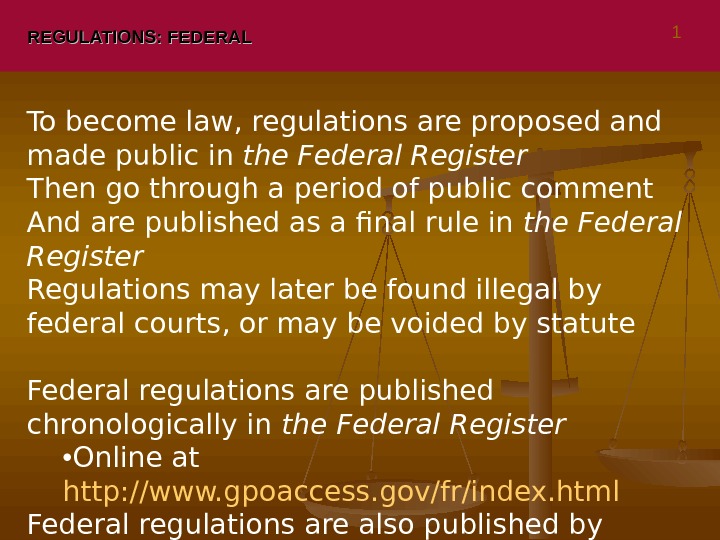
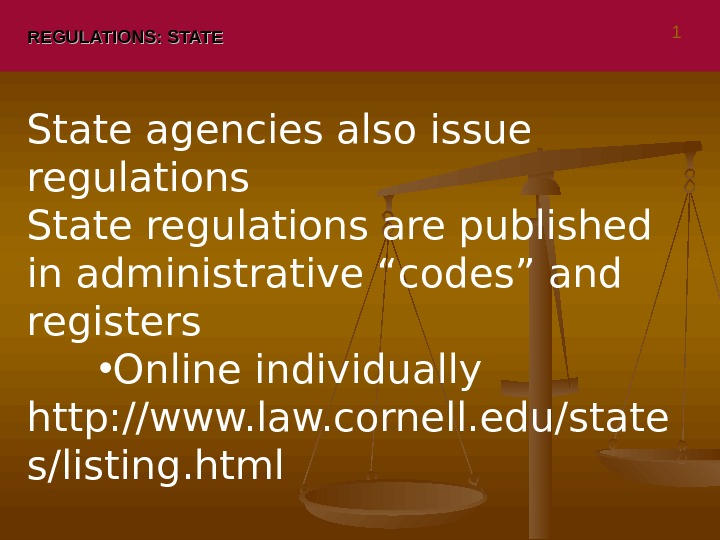
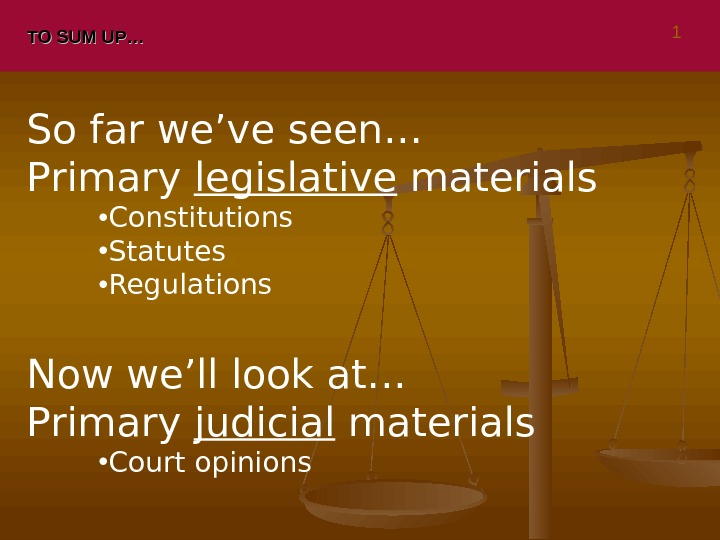
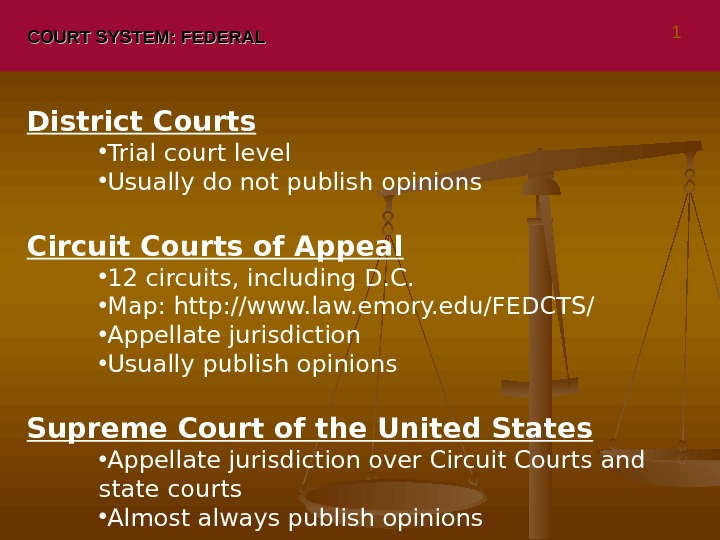
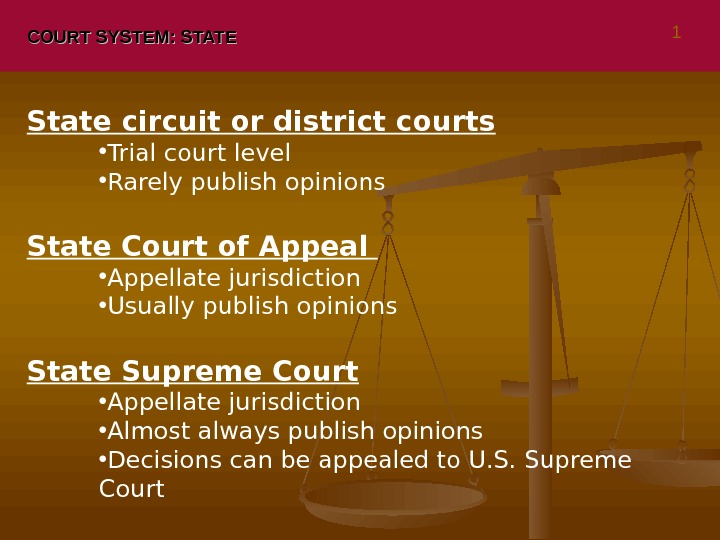
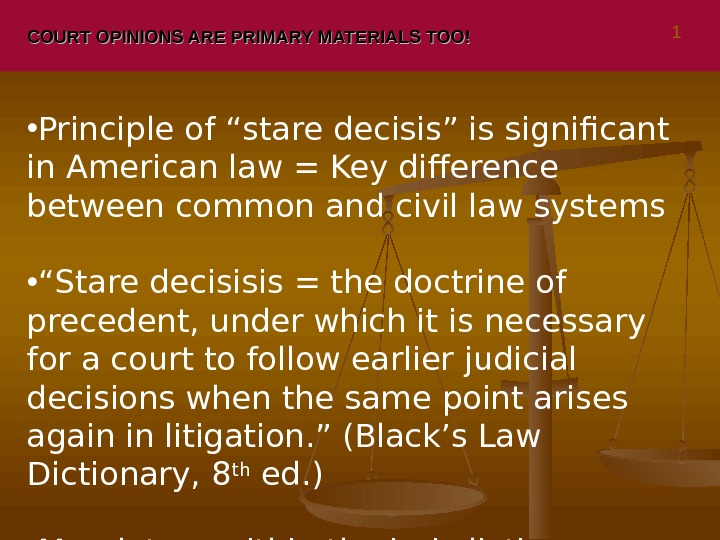
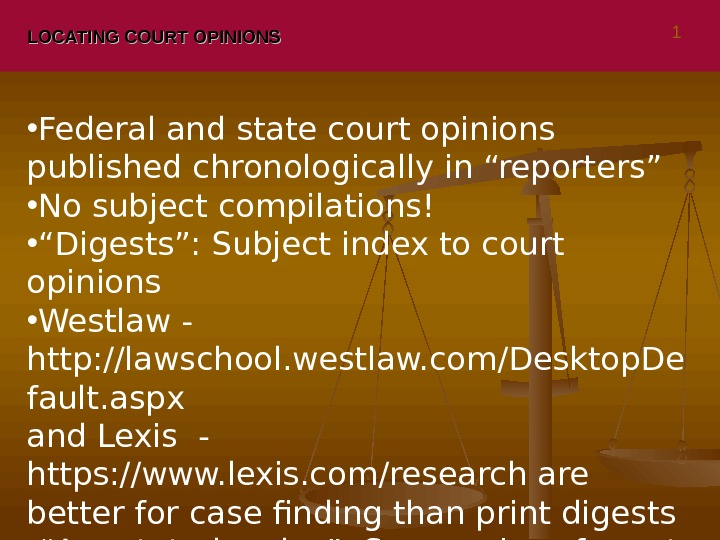
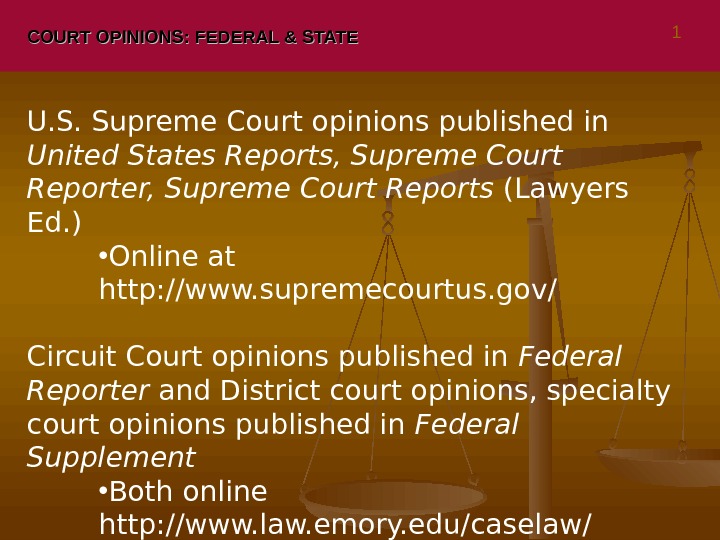
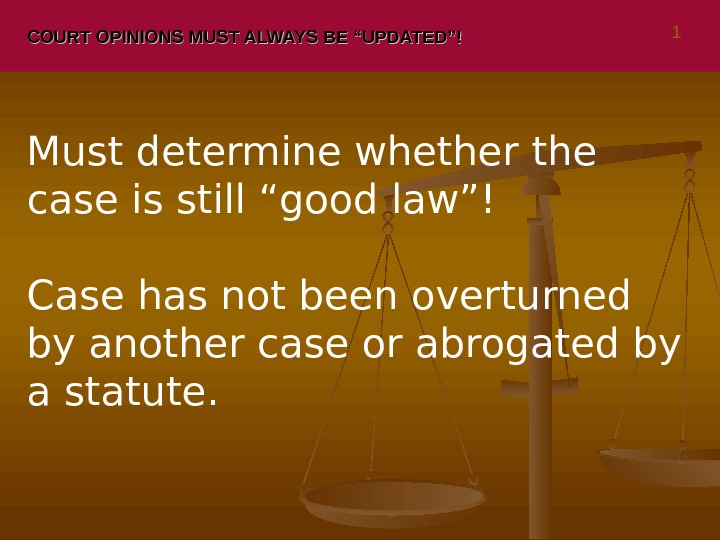
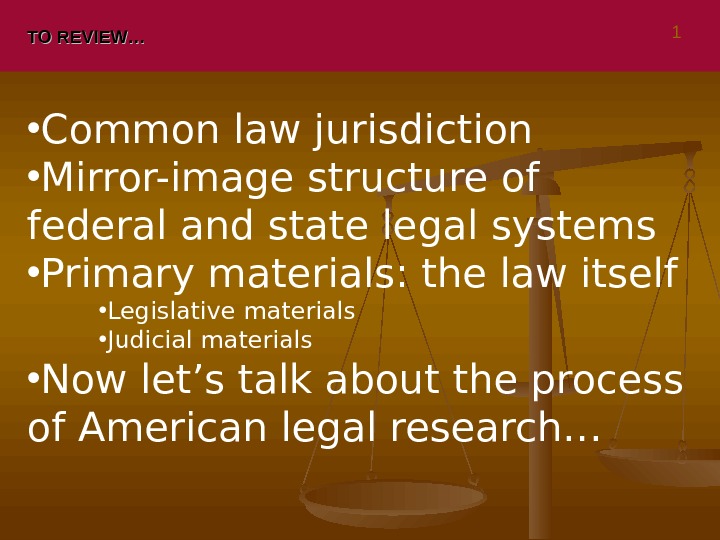
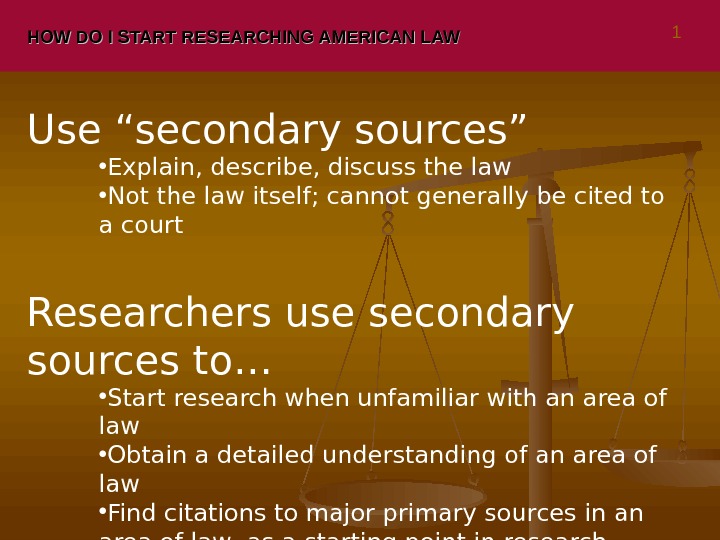
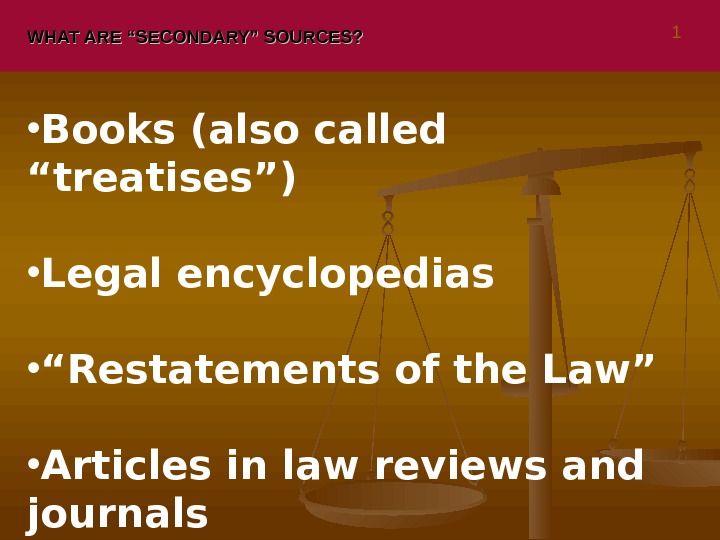
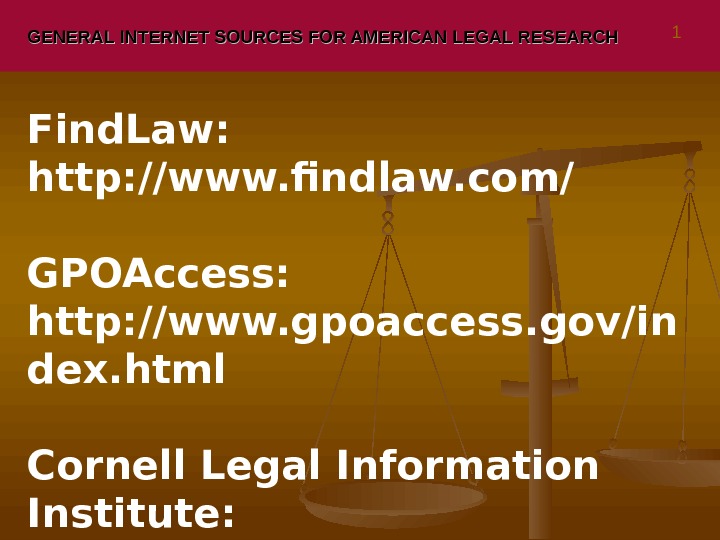
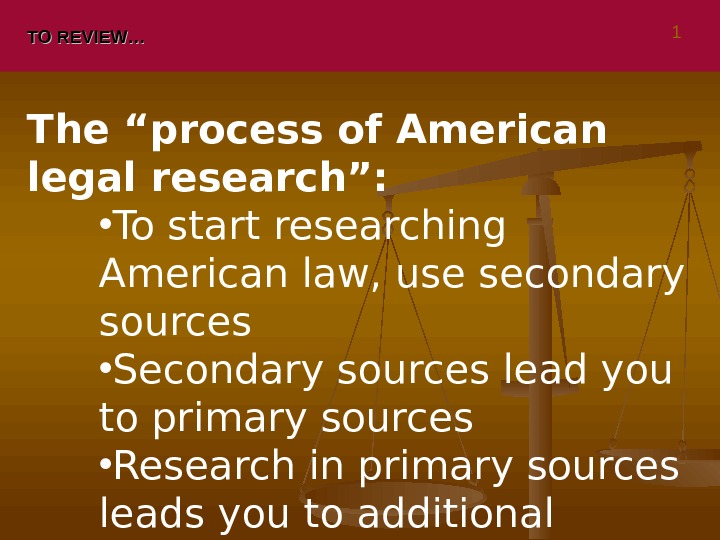
domrin_intro_to_u.s._legal_research.ppt
- Размер: 465 Кб
- Количество слайдов: 28
Описание презентации Introduction to American Legal Research Александр Домрин alexander-domrin@uiowa. по слайдам
 Introduction to American Legal Research Александр Домрин alexander-domrin@uiowa. edu Факультет права ВШЭ Москва, 10 декабря 2014 г.
Introduction to American Legal Research Александр Домрин alexander-domrin@uiowa. edu Факультет права ВШЭ Москва, 10 декабря 2014 г.
 TODAY WE’LL DISCUSS… • The structure of the legal system in the United States • Primary American law and where to find it • Secondary American sources and where to find them • Major print and online sources
TODAY WE’LL DISCUSS… • The structure of the legal system in the United States • Primary American law and where to find it • Secondary American sources and where to find them • Major print and online sources
 WHAT IS THE LEGAL SYSTEM IN THE U. S. ? Common law jurisdiction Federal system of government • 1 national system, created by the Constitution • 50 different state systems Government has 3 branches: • Legislative • Executive • Judiciary
WHAT IS THE LEGAL SYSTEM IN THE U. S. ? Common law jurisdiction Federal system of government • 1 national system, created by the Constitution • 50 different state systems Government has 3 branches: • Legislative • Executive • Judiciary
 FEDERAL GOVERNMENT U. S. Constitution Legislative Branch: House of Representatives & Senate; pass laws called statutes. Executive Branch: President signs or vetoes statutes. Agencies promulgate Regulations. Judicial Branch: Trial & appellate courts decide cases. Highest court is Supreme Court.
FEDERAL GOVERNMENT U. S. Constitution Legislative Branch: House of Representatives & Senate; pass laws called statutes. Executive Branch: President signs or vetoes statutes. Agencies promulgate Regulations. Judicial Branch: Trial & appellate courts decide cases. Highest court is Supreme Court.
 MOST STATE GOVERNMENTS HAVE A SIMILAR STRUCTURE State Constitution Legislative Branch: Usually 2 houses: House of Representatives & Senate; pass statutes. Executive Branch: Elected Governor signs or vetoes statutes. Agencies promulgate Regulations. Judicial Branch: Trial & appellate courts decide cases.
MOST STATE GOVERNMENTS HAVE A SIMILAR STRUCTURE State Constitution Legislative Branch: Usually 2 houses: House of Representatives & Senate; pass statutes. Executive Branch: Elected Governor signs or vetoes statutes. Agencies promulgate Regulations. Judicial Branch: Trial & appellate courts decide cases.
 WHAT IS A COMMON LAW SYSTEM? Body of law that originated in medieval England Common law system relies on… • Court opinions • Statutes (also called laws, legislation, codes, acts of Congress) • Regulations (issued by state or federal agencies) • Interplay between statutes, regulations and court opinions.
WHAT IS A COMMON LAW SYSTEM? Body of law that originated in medieval England Common law system relies on… • Court opinions • Statutes (also called laws, legislation, codes, acts of Congress) • Regulations (issued by state or federal agencies) • Interplay between statutes, regulations and court opinions.
 SOME DIFFERENCES BETWEEN COMMON AND CIVIL LAW SYSTEMS • “ Codes” are subject compilations of laws • No presumption that all statutes or “codes” cover all legal problems Major areas of common law not governed by statute • Uses principle of stare decisis (also called “binding precedent”) • Judges interpret the law, don’t simply apply it ( judicial activism) • Reliance on precedent Looks to most recent “authority”
SOME DIFFERENCES BETWEEN COMMON AND CIVIL LAW SYSTEMS • “ Codes” are subject compilations of laws • No presumption that all statutes or “codes” cover all legal problems Major areas of common law not governed by statute • Uses principle of stare decisis (also called “binding precedent”) • Judges interpret the law, don’t simply apply it ( judicial activism) • Reliance on precedent Looks to most recent “authority”
 WHAT ARE “PRIMARY LEGAL MATERIALS”? • The laws themselves • May be constitutions, statutes, regulations, court opinions (federal or state) • Mandatory authority within the jurisdiction • Persuasive authority outside the jurisdiction
WHAT ARE “PRIMARY LEGAL MATERIALS”? • The laws themselves • May be constitutions, statutes, regulations, court opinions (federal or state) • Mandatory authority within the jurisdiction • Persuasive authority outside the jurisdiction
 CONSTITUTIONS – FEDERAL AND STATE U. S. Constitution Provides for “separation of powers”by forming three branches of federal government Available online at http: //www. findlaw. com/casecode/constituti on/ States also have constitutions Online at http: //www. law. cornell. edu/states/listing. htm l
CONSTITUTIONS – FEDERAL AND STATE U. S. Constitution Provides for “separation of powers”by forming three branches of federal government Available online at http: //www. findlaw. com/casecode/constituti on/ States also have constitutions Online at http: //www. law. cornell. edu/states/listing. htm l
 STATUTES : FEDERAL Federal statutes: Laws passed by both houses of the U. S. Congress and signed by the President • The President may also “veto” a law • Congress may override the President’s veto • The U. S. Supreme Court may later declare a law unconstitutional • This is “separation of powers”!
STATUTES : FEDERAL Federal statutes: Laws passed by both houses of the U. S. Congress and signed by the President • The President may also “veto” a law • Congress may override the President’s veto • The U. S. Supreme Court may later declare a law unconstitutional • This is “separation of powers”!
 STATUTES: FEDERAL Federal statutes: Published chronologically as “Public Laws” Public laws online from 1987/1988 to current at http: //thomas. loc. gov/bss/d 109 laws. html Federal statutes are also published in the United States Code, arranged by subject Online at http: //www. gpoaccess. gov/uscode/index. html
STATUTES: FEDERAL Federal statutes: Published chronologically as “Public Laws” Public laws online from 1987/1988 to current at http: //thomas. loc. gov/bss/d 109 laws. html Federal statutes are also published in the United States Code, arranged by subject Online at http: //www. gpoaccess. gov/uscode/index. html
 STATUTES: STATE State statutes: Passed by both houses of the state legislature and signed by the governor • The governor may veto the law • The legislature may override the veto • The state Supreme Courts or the U. S. Supreme Court may later declare the law unconstitutional
STATUTES: STATE State statutes: Passed by both houses of the state legislature and signed by the governor • The governor may veto the law • The legislature may override the veto • The state Supreme Courts or the U. S. Supreme Court may later declare the law unconstitutional
 STATUTES: STATE State statutes: Passed by both houses of the state legislature and signed by the governor • The governor may veto the law • The legislature may override the veto • The state Supreme Courts or the U. S. Supreme Court may later declare the law unconstitutional State statutes are published chronologically as “Session Laws” • Also published in subject compilations called “codes” • Online at http: //www. law. cornell. edu/states/listing. ht ml
STATUTES: STATE State statutes: Passed by both houses of the state legislature and signed by the governor • The governor may veto the law • The legislature may override the veto • The state Supreme Courts or the U. S. Supreme Court may later declare the law unconstitutional State statutes are published chronologically as “Session Laws” • Also published in subject compilations called “codes” • Online at http: //www. law. cornell. edu/states/listing. ht ml
 REGULATIONS: FEDERAL Administrative agencies have been given authority by Congress to… • Issue regulations to administer the day-to-day implementation of complex legislation • Adjudicate disputes in the first instance Some agencies are… • Department of Energy • Department of Agriculture • Department of Defense • And others…
REGULATIONS: FEDERAL Administrative agencies have been given authority by Congress to… • Issue regulations to administer the day-to-day implementation of complex legislation • Adjudicate disputes in the first instance Some agencies are… • Department of Energy • Department of Agriculture • Department of Defense • And others…
 REGULATIONS: FEDERAL To become law, regulations are proposed and made public in the Federal Register Then go through a period of public comment And are published as a final rule in the Federal Register Regulations may later be found illegal by federal courts, or may be voided by statute Federal regulations are published chronologically in the Federal Register • Online at http: //www. gpoaccess. gov/fr/index. html Federal regulations are also published by subject in the Code of Federal Regulations • Online at http: //www. gpoaccess. gov/cfr/index. html
REGULATIONS: FEDERAL To become law, regulations are proposed and made public in the Federal Register Then go through a period of public comment And are published as a final rule in the Federal Register Regulations may later be found illegal by federal courts, or may be voided by statute Federal regulations are published chronologically in the Federal Register • Online at http: //www. gpoaccess. gov/fr/index. html Federal regulations are also published by subject in the Code of Federal Regulations • Online at http: //www. gpoaccess. gov/cfr/index. html
 REGULATIONS: STATE State agencies also issue regulations State regulations are published in administrative “codes” and registers • Online individually http: //www. law. cornell. edu/state s/listing. html
REGULATIONS: STATE State agencies also issue regulations State regulations are published in administrative “codes” and registers • Online individually http: //www. law. cornell. edu/state s/listing. html
 TO SUM UP… So far we’ve seen… Primary legislative materials • Constitutions • Statutes • Regulations Now we’ll look at… Primary judicial materials • Court opinions
TO SUM UP… So far we’ve seen… Primary legislative materials • Constitutions • Statutes • Regulations Now we’ll look at… Primary judicial materials • Court opinions
 COURT SYSTEM: FEDERAL District Courts • Trial court level • Usually do not publish opinions Circuit Courts of Appeal • 12 circuits, including D. C. • Map: http: //www. law. emory. edu/FEDCTS/ • Appellate jurisdiction • Usually publish opinions Supreme Court of the United States • Appellate jurisdiction over Circuit Courts and state courts • Almost always publish opinions
COURT SYSTEM: FEDERAL District Courts • Trial court level • Usually do not publish opinions Circuit Courts of Appeal • 12 circuits, including D. C. • Map: http: //www. law. emory. edu/FEDCTS/ • Appellate jurisdiction • Usually publish opinions Supreme Court of the United States • Appellate jurisdiction over Circuit Courts and state courts • Almost always publish opinions
 COURT SYSTEM: STATE State circuit or district courts • Trial court level • Rarely publish opinions State Court of Appeal • Appellate jurisdiction • Usually publish opinions State Supreme Court • Appellate jurisdiction • Almost always publish opinions • Decisions can be appealed to U. S. Supreme Court
COURT SYSTEM: STATE State circuit or district courts • Trial court level • Rarely publish opinions State Court of Appeal • Appellate jurisdiction • Usually publish opinions State Supreme Court • Appellate jurisdiction • Almost always publish opinions • Decisions can be appealed to U. S. Supreme Court
 COURT OPINIONS ARE PRIMARY MATERIALS TOO! • Principle of “stare decisis” is significant in American law = Key difference between common and civil law systems • “ Stare decisisis = the doctrine of precedent, under which it is necessary for a court to follow earlier judicial decisions when the same point arises again in litigation. ” (Black’s Law Dictionary, 8 th ed. ) • Mandatory within the jurisdiction, persuasive outside of the jurisdiction
COURT OPINIONS ARE PRIMARY MATERIALS TOO! • Principle of “stare decisis” is significant in American law = Key difference between common and civil law systems • “ Stare decisisis = the doctrine of precedent, under which it is necessary for a court to follow earlier judicial decisions when the same point arises again in litigation. ” (Black’s Law Dictionary, 8 th ed. ) • Mandatory within the jurisdiction, persuasive outside of the jurisdiction
 LOCATING COURT OPINIONS • Federal and state court opinions published chronologically in “reporters” • No subject compilations! • “ Digests”: Subject index to court opinions • Westlaw — http: //lawschool. westlaw. com/Desktop. De fault. aspx and Lexis — https: //www. lexis. com/research are better for case finding than print digests • “ Annotated codes”: Summaries of court opinions construing statutes follow each statutory section
LOCATING COURT OPINIONS • Federal and state court opinions published chronologically in “reporters” • No subject compilations! • “ Digests”: Subject index to court opinions • Westlaw — http: //lawschool. westlaw. com/Desktop. De fault. aspx and Lexis — https: //www. lexis. com/research are better for case finding than print digests • “ Annotated codes”: Summaries of court opinions construing statutes follow each statutory section
 COURT OPINIONS: FEDERAL & STATE U. S. Supreme Court opinions published in United States Reports, Supreme Court Reporter, Supreme Court Reports (Lawyers Ed. ) • Online at http: //www. supremecourtus. gov/ Circuit Court opinions published in Federal Reporter and District court opinions, specialty court opinions published in Federal Supplement • Both online http: //www. law. emory. edu/caselaw/ State Court opinions published in state reporters • Online at http: //www. law. cornell. edu/states/listing. h tml
COURT OPINIONS: FEDERAL & STATE U. S. Supreme Court opinions published in United States Reports, Supreme Court Reporter, Supreme Court Reports (Lawyers Ed. ) • Online at http: //www. supremecourtus. gov/ Circuit Court opinions published in Federal Reporter and District court opinions, specialty court opinions published in Federal Supplement • Both online http: //www. law. emory. edu/caselaw/ State Court opinions published in state reporters • Online at http: //www. law. cornell. edu/states/listing. h tml
 COURT OPINIONS MUST ALWAYS BE “UPDATED”! 1 Must determine whether the case is still “good law”! Case has not been overturned by another case or abrogated by a statute.
COURT OPINIONS MUST ALWAYS BE “UPDATED”! 1 Must determine whether the case is still “good law”! Case has not been overturned by another case or abrogated by a statute.
 TO REVIEW… • Common law jurisdiction • Mirror-image structure of federal and state legal systems • Primary materials: the law itself • Legislative materials • Judicial materials • Now let’s talk about the process of American legal research…
TO REVIEW… • Common law jurisdiction • Mirror-image structure of federal and state legal systems • Primary materials: the law itself • Legislative materials • Judicial materials • Now let’s talk about the process of American legal research…
 HOW DO I START RESEARCHING AMERICAN LAW Use “secondary sources” • Explain, describe, discuss the law • Not the law itself; cannot generally be cited to a court Researchers use secondary sources to… • Start research when unfamiliar with an area of law • Obtain a detailed understanding of an area of law • Find citations to major primary sources in an area of law, as a starting point in research
HOW DO I START RESEARCHING AMERICAN LAW Use “secondary sources” • Explain, describe, discuss the law • Not the law itself; cannot generally be cited to a court Researchers use secondary sources to… • Start research when unfamiliar with an area of law • Obtain a detailed understanding of an area of law • Find citations to major primary sources in an area of law, as a starting point in research
 WHAT ARE “SECONDARY” SOURCES? • Books (also called “treatises”) • Legal encyclopedias • “ Restatements of the Law” • Articles in law reviews and journals • To locate, use periodicals indexes or search full text in Lexis or Westlaw
WHAT ARE “SECONDARY” SOURCES? • Books (also called “treatises”) • Legal encyclopedias • “ Restatements of the Law” • Articles in law reviews and journals • To locate, use periodicals indexes or search full text in Lexis or Westlaw
 GENERAL INTERNET SOURCES FOR AMERICAN LEGAL RESEARCH Find. Law: http: //www. findlaw. com/ GPOAccess: http: //www. gpoaccess. gov/in dex. html Cornell Legal Information Institute: http: //www. law. cornell. edu/
GENERAL INTERNET SOURCES FOR AMERICAN LEGAL RESEARCH Find. Law: http: //www. findlaw. com/ GPOAccess: http: //www. gpoaccess. gov/in dex. html Cornell Legal Information Institute: http: //www. law. cornell. edu/
 TO REVIEW… The “process of American legal research”: • To start researching American law, use secondary sources • Secondary sources lead you to primary sources • Research in primary sources leads you to additional primary sources
TO REVIEW… The “process of American legal research”: • To start researching American law, use secondary sources • Secondary sources lead you to primary sources • Research in primary sources leads you to additional primary sources

